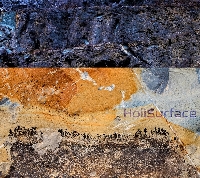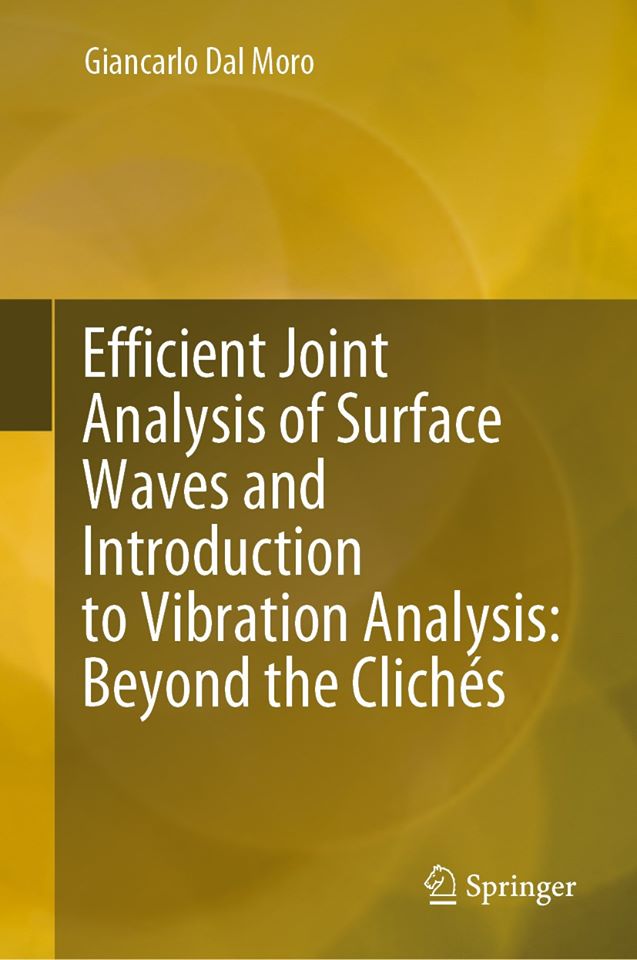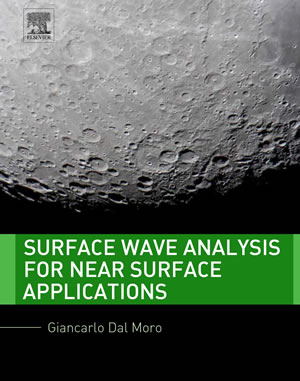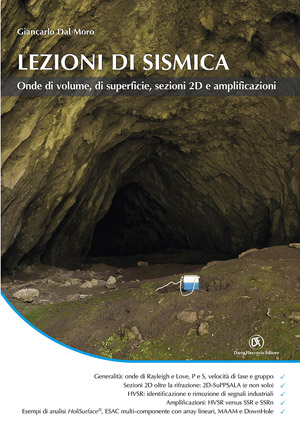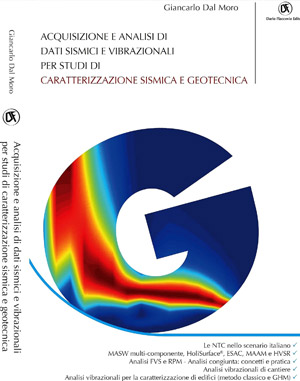ELIOSOFT Digest: workshop and new paper
1. September 2023 – possible seismic workshop in Prague (CZ)
We are collecting expression of interest for a 3 or 4-day workshop in late Summer (early September) to be held in Prague (Czech Republic).
Are you a professional/practitioner, a student or a young researcher who wants to understand all the tools that can be adopted while analysing body and surface waves?
When are refraction studies possible and useful? Why considering SH or P waves? What is a tomography? Is DownHole seismics necessary? How efficiently analyze complex DH data? How can we obtain reliable subsurface models free from pitfalls and major ambiguities?
How should we model/analyze dispersion?
Why multi-component data are simple and necessary?
How many geophones are necessary for refraction, reflection and surface wave dispersion?
How recording and analyze vibration data aimed at characterizing a building/structure?
MAIN TOPICS:
• theory of body and surface waves
• refraction and reflection seismics (P and SH)
• surface waves (all the possible methodologies that can be used)
• phase and group velocities from active and passive data
• 2D Vs profiling: various techniques
• downhole seismics (advanced processing)
• field acquisitions and data analysis
• vibration data – characterization of structures/buildings (eigenfrequencies, mode identification and damping computation)
Would you like to join us and have the chance to visit one of the most beautiful and vibrant European cities?
Please, contact us: info@winmasw.com
.jpg)
2. Available on request the final version of the following paper
MASW? A critical perspective on problems and opportunities in surface-wave analysis from active and passive data (with few legal considerations)
Dal Moro G., Physics and Chemistry of the Earth, Parts A/B/C, Volume 130, 2023, 103369, ISSN 1474-7065, https://doi.org/10.1016/j.pce.2023.103369
Abstract: In the last two decades, surface wave analysis has become a widespread practice for several geotechnical applications and the MASW (Multichannel Analysis of Surface Waves) acronym has become extremely popular. The standard MASW approach is based on the personal (i.e. subjective) interpretation of the phase-velocity spectrum of the vertical component of Rayleigh waves. This way, we do not invert the actual datum but a subjective interpretation that can be wrong and lead to erroneous shear-wave velocity (Vs) profiles. Even in case data interpretation is correct, non-uniqueness of the solution obtained from inversion of just one observable remains a problem. A series of active and passive synthetic and field datasets are used to illustrate main issues in surface wave analysis and highlight the need for multi-component analysis possibly according to an approach that goes beyond the subjective interpretation of modal dispersion curves. The multi-component approach considered to overcome the ambiguities of single-component analysis is performed according to the FVS (Full Velocity Spectrum) approach, therefore overcoming subjective velocity-spectra interpretations. It is also shown that surface-wave analysis can be effectively carried out considering not phase velocities but group velocities, with the obvious benefit that while for the phase-velocity analysis multi-offset data are necessary, the definition of the group velocities can be accomplished from single-offset data (i.e. from the data of one single sensor). An example of erroneous Vs determination made for an important public building is illustrated in order to highlight the importance of multi-component analysis and the need for stricter guidelines.
If you are interested in the PDF document, please contact us: info@winmasw.com
Our full catalogue with all the software and hardware products: CLICK HERE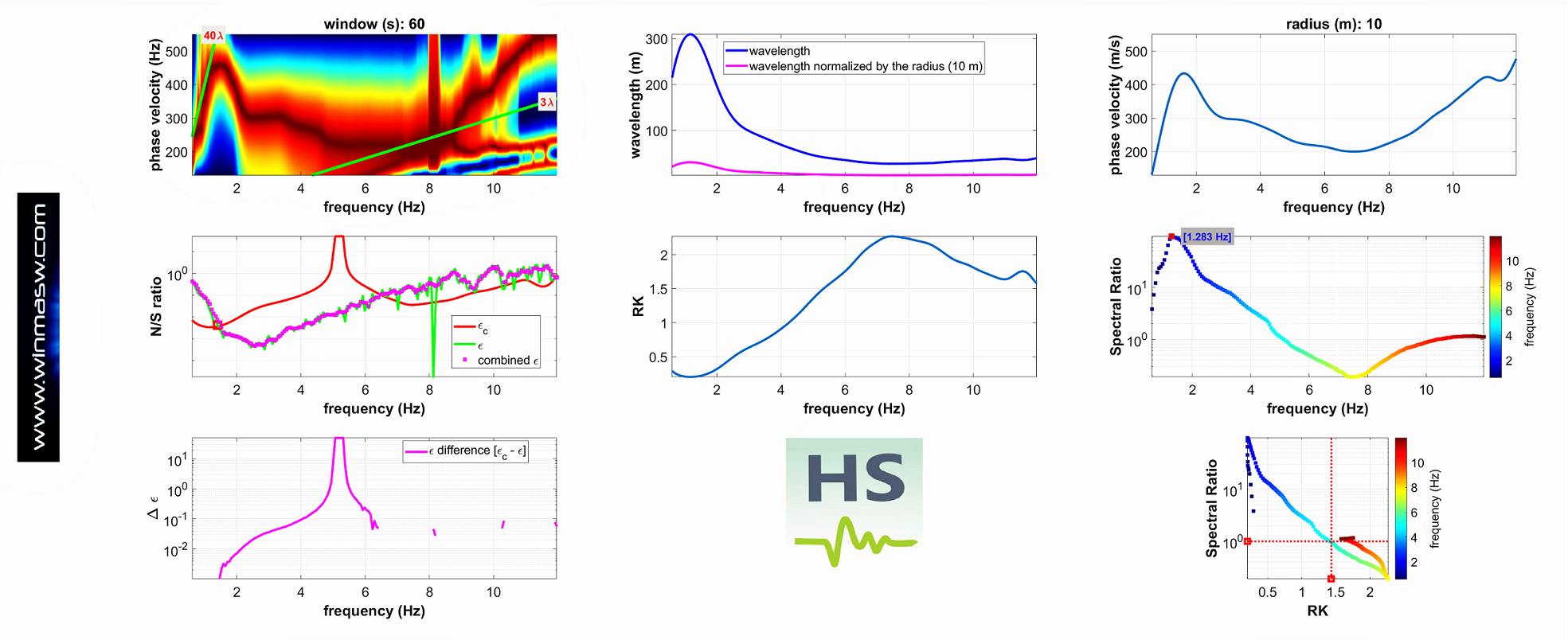
- ARCHIVIO NEWS
- condividi:


